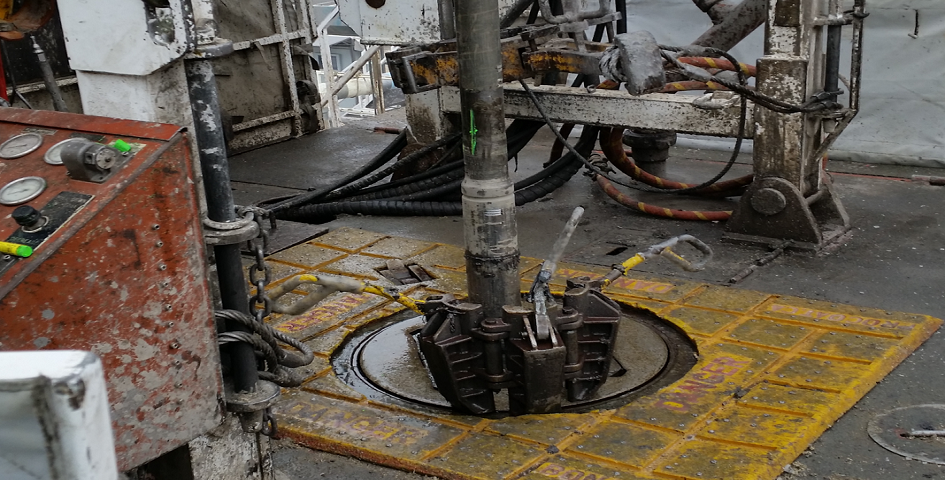Chemicals are used in Mud Drilling is a commonly asked question. Drilling mud, or drilling fluid, is essential to the drilling process. Whether it’s for oil and gas exploration, water well drilling, or any other borehole project, drilling mud plays several vital roles, including lubricating and cooling the drill bit, stabilizing the borehole walls, and carrying drill cuttings to the surface. To optimize these functions, various chemicals are added to the mud. In this article, we’ll dive into the primary chemicals used in mud drilling and their purposes.
1. Weighting Agents:
Barite (Barium Sulfate): One of the most common weighting agents, barite increases the density of the mud to counteract high-pressure zones encountered during drilling.
2. Viscosifiers:
Bentonite: A naturally occurring clay, bentonite is a primary viscosifier in water-based muds.
Xanthan gum: A polysaccharide, this compound increases viscosity in water-based muds.
Polyanionic cellulose (PAC) and carboxymethyl cellulose (CMC): These cellulose derivatives enhance the viscosity and filtration properties of the mud.
3. Fluid Loss Control Agents:
Starch: Used primarily in water-based muds, starches help reduce the loss of drilling fluids into the formations.
Lignosulfonates: These compounds chemically modify the mud to prevent fluid loss.
4. Lubricants:
Oil: In oil-based muds, the oil itself acts as a primary lubricant.
Graphite: A solid lubricant, graphite reduces torque and drag in high-angle and horizontal wells.
Polyglycols: These are synthetic lubricants often used in water-based systems to reduce torque and drag.
5. pH Control and Alkalinity Control Agents:
Lime (Calcium hydroxide): Often used to maintain alkalinity and react with acidic contaminants.
Soda Ash (Sodium carbonate): Helps regulate pH and precipitate soluble calcium.
6. Lost Circulation Materials:
Cellulose fibers, mica, and cellophane: These materials plug and seal off fractures or large pores in the formation to prevent the loss of mud.
7. Dispersants and Deflocculants:
Lignites and lignosulfonates: These compounds prevent the clumping of solid particles, ensuring smooth, fluid properties.
8. Corrosion Inhibitors:
Zinc and Zinc Oxide: These compounds prevent corrosion of the drill string and other equipment.
Amines: Often added to mud systems to neutralize the corrosive effects of hydrogen sulfide encountered in some drilling situations.
9. Biocides:
Glutaraldehyde and Quaternary Ammonium Compounds: These chemicals inhibit the growth of bacteria that can produce harmful gases and compromise the drilling mud properties.
10. Emulsifiers and Wetting Agents:
Fatty acids and organic acid salts: These compounds ensure a stable emulsion in oil-based muds.
Conclusion
In conclusion, the chemistry behind drilling mud is both diverse and intricate. The selection of specific chemicals depends on the type of soil formation being drilled, the properties desired for the drilling mud, and the particular challenges anticipated during drilling. By understanding the roles of these chemicals, we can better appreciate the science that goes into making drilling operations safe and efficient.
Finally, where to find Oil Drilling Chemicals TCI China has provided Chemicals for this industry since 2005. To see a list of our products, please visit our Oil Drilling Chemicals page. Or, if you require inspections of Oild Field Chemicals, please visit Goodada Inspections.
Mobile- Messenger (Click to Connect)
Or at the following numbers:
(Europe/ Rest of the World) +353 1 885 3919
(UK) +44.020.3287.2990
(North America) +1.518.290.6604
Or email me, Aidan Conaty
Aidan Conaty
tcichina.co.uk | think China, think TCI



